The guide to starting a profitable Amazon FBA business- 2025
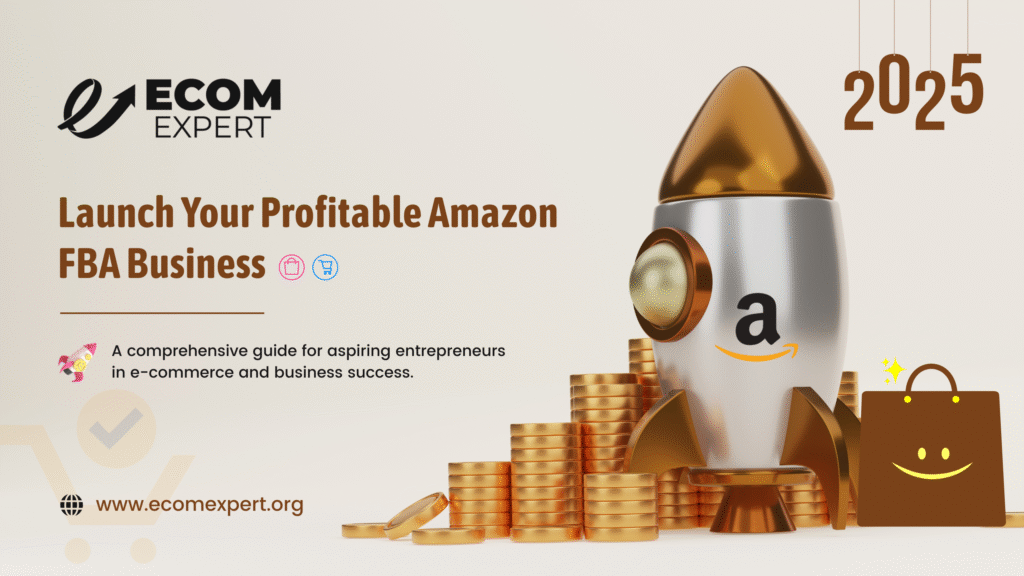
Are you ready to build a profitable Amazon FBA business in 2025? Suppose you want to sell online or aspire to grow an e-commerce business. In that case, the Amazon FBA program lays down a wonderful opportunity to boost your business to reach maximum customers. The guide takes you through the steps to be followed to start a successful Amazon FBA business, ranging from product selection to marketing strategies for selling on Amazon. Let’s get started!
What is Amazon FBA?
Amazon FBA is a service offered by Amazon to sellers who want to stock their products in any of Amazon’s fulfillment centers. Amazon then does the rest-packing, shipping, and delivering your products to customers. When you use FBA, you get leverage on Amazon’s vast logistics network, reach Prime customers, and spend more time growing your business.
Why Choose Amazon FBA?
- Scalability: Amazon takes care of all fulfillment issues, thereby allowing you to scale quickly as per your needs.
- Prime Benefits: Products listed for FBA come under Amazon Prime, attracting more customers who want their products to be shipped fast.
- Save Time: Amazon takes care of all the customer services and returns, so you can try to build other areas of your company.
How to Set Up an Amazon FBA Business in 2025:
Starting an Amazon FBA business is a multi-step process. Here is how you can set up your business for success.
Step 1: Research Products:
Finding the right products is the first thing to a profitable Amazon FBA business. Product research is very important in selecting those high-demand, low-competition products that sell. Use software like Helium 10 and Jungle Scout to analyze market trends, find profitable niches, and make sure your products fit customer demand.
Tips for Effective Product Research:
- Look for items with constant demand.
- Focus on those products with not a big number of competitors or less competition.
- Consider products that are easy to ship and with high-profit margins on Amazon.
Step 2: Finding Suppliers:
After your product is well chosen, the next thing is to find a supplier. Most FBA sellers use Alibaba or other B2B platforms to locate their suppliers. Make sure your supplier is one you can trust and who will supply quality products with reasonable production times.
Supplier Selection Criteria:
- Price: Check if the supplier is going to provide you with competitive pricing, which falls within your profit margin.
- MOQ (Minimum Order Quantity): Get a supplier who is capable of meeting your order quantity requirements.
- Quality Assurance: Before moving to bulk orders, test for quality.
Step 3: Have Your Seller Account on Amazon Set Up:
Without an Amazon seller account, you can’t sell on Amazon. Follow these steps to create your Amazon Seller Account:
- Search for Amazon Seller Central.
- Select your seller plan: Individual (small seller) or Professional (big-volume seller).
- Complete the registration by indicating the necessary business and tax information.
How to Optimize Your Amazon FBA Listings for Maximum Sales:
The techniques used for product listings can determine whether or not a sale will take place. Here are the optimizations for your Amazon FBA listings:
- Titles: The Product title should be simple and contain some of the main keywords for the product.
- Images: High-quality images should showcase the product. Use images from various angles, and lifestyle images will help customers envision your product.
- Bullet Points and Descriptions: Bring out the top features and benefits of your product. Make the description fun and interesting and include important search terms.
- Backend Keywords: The search terms that do not fit into the title words but are important for SEO should be added.
Knowing the Amazon Algorithm For Higher Visibility:
Amazon’s A9 algorithm decides what products to show in search results, so to get higher ranks on Amazon’s search pages:
- Optimize the listings for every relevant keyword.
- Increase sales Pace: More sales mean higher ranks for your products.
- Encourage positive reviews: Higher-rated products increase sales.
- Fast delivery is critical: FBA products are often at a competitive advantage due to delivery times.
What are FBA Charges?
Understanding Amazon FBA fees is crucial to keep your business profitable. Amazon charges various fees, including:
- Fulfillment Fees: A fee charged for the picking, packing, and shipping of your product by Amazon.
- Storage Fees: A fee is charged for the storage of your product in Amazon’s warehouse.
- Referral Fees: A percentage of the selling price, based on the category of the product.
It’s essential to monitor these fees, including them in your product pricing strategy.
Scaling Your Amazon FBA Business:
After launching, you should start to see the expansion of your Amazon FBA business. These next-level strategies might help you out:
- Broaden your product line: Adding complementary products to your portfolio is a good idea.
- Optimize PPC campaigns: Use Amazon Pay-per-click ads very effectively to drive traffic to your products.
- Exploit global selling: Amazon allows sellers to try to get their products listed on every Amazon marketplace worldwide. This opens up new revenue streams.
Conclusion: Start Your Amazon FBA Business Today:
2025 will be the right time to start your profitable business on Amazon FBA. By doing everything by this guide, you will continue to optimize your product listings and set a solid path toward becoming a successful seller on Amazon. Stay focused, keep the conversation on learning, and take advantage of the resources available to you as an FBA seller.
Start your Amazon FBA business today with EcomExpert and realize your dream of making fantastic money!
Call to Action:
If you’re prepared to start your Amazon FBA business, Ecom Expert is right there to assist you in Contact us for expert advice on product research, listing optimization, and lots more!

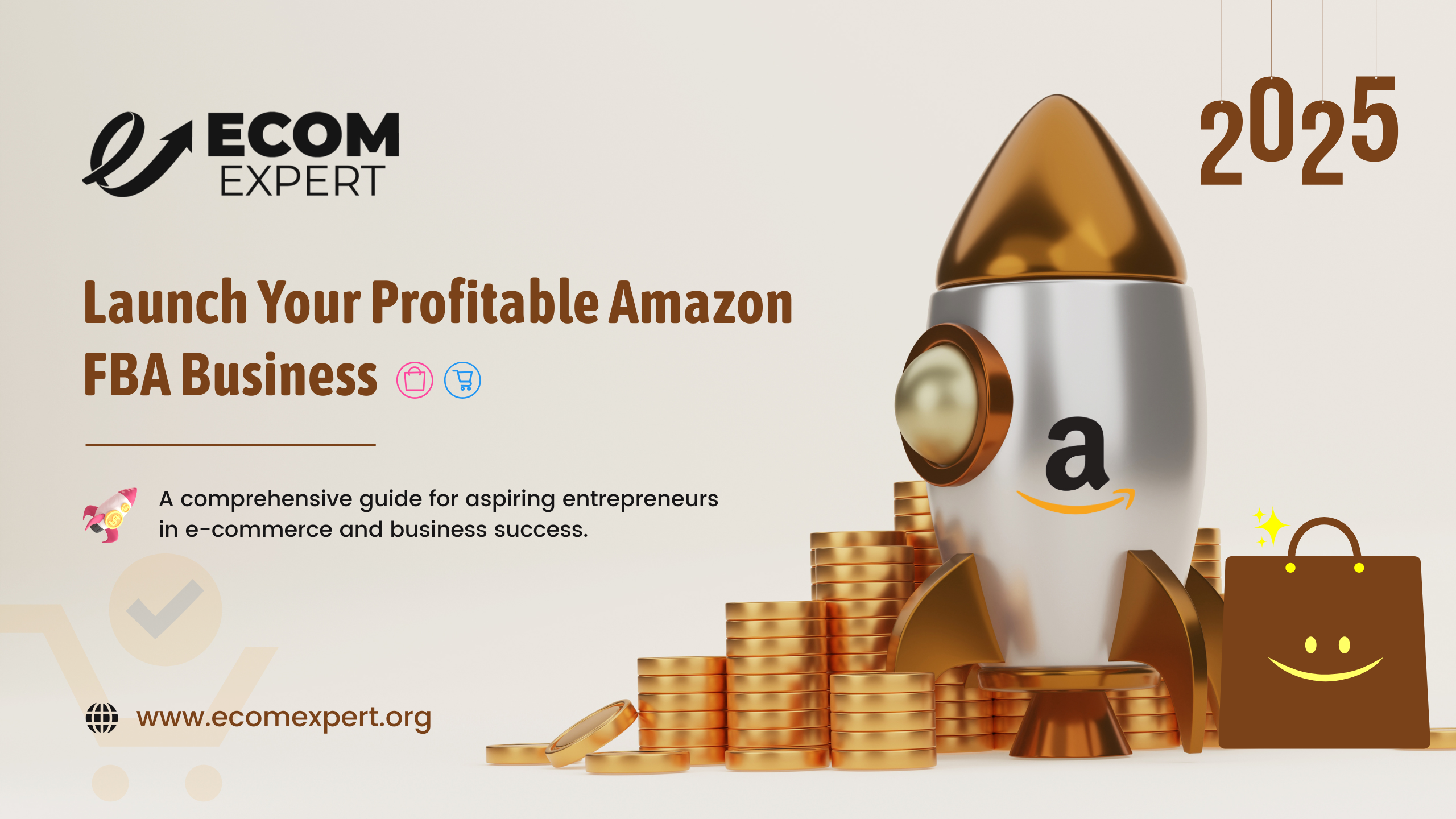
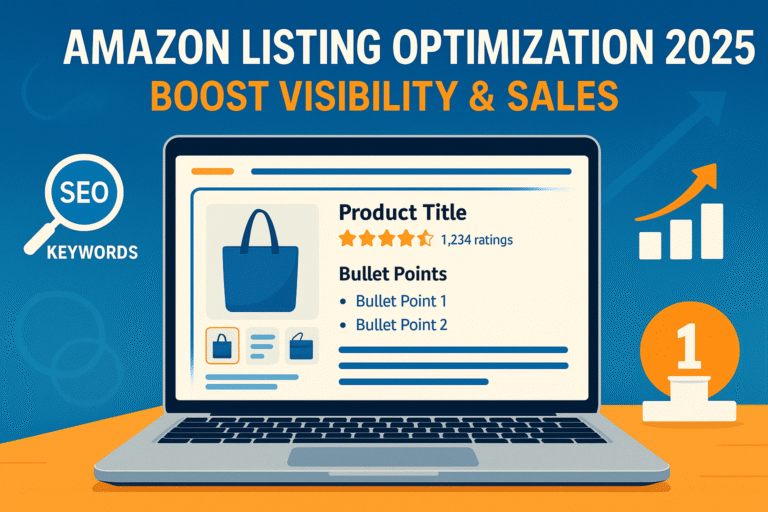
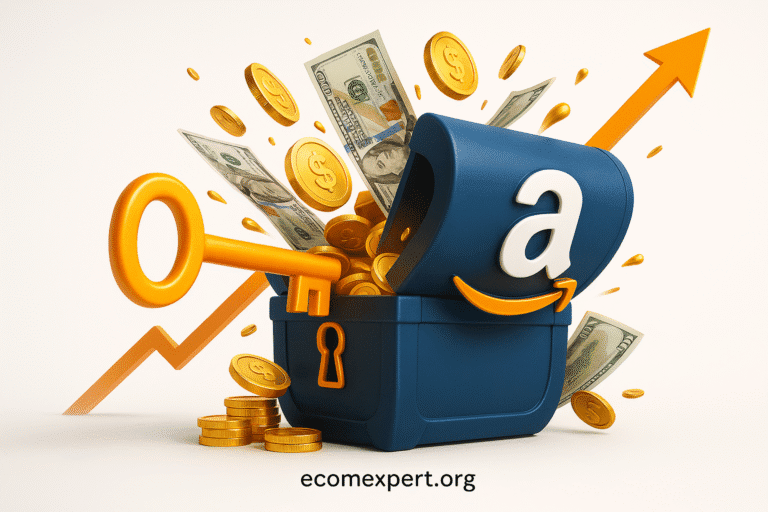
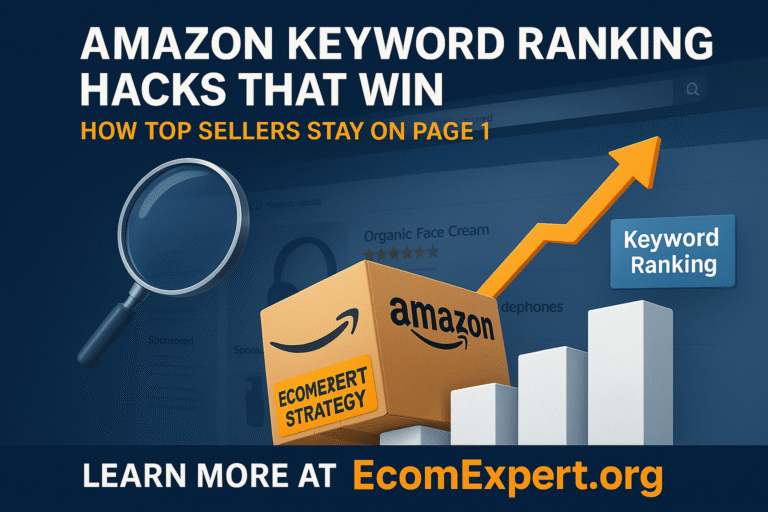


One Comment